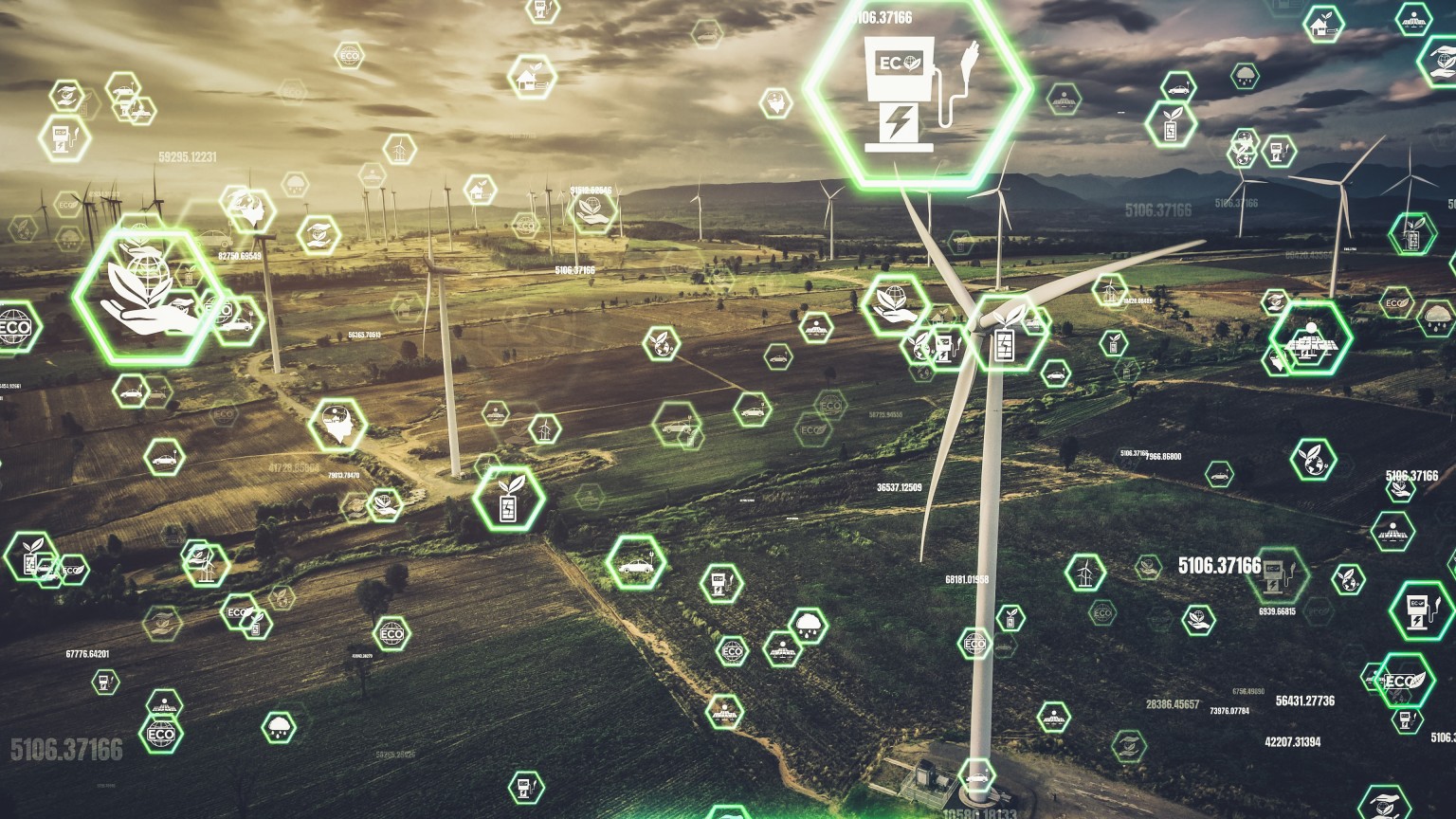Energy Harvesting Networks: Powering Connectivity with Ambient Energy

Imagine a world where networks are not tethered by the grid but powered by the environment—harvesting energy from the sun, wind, vibrations, and even radio waves. This is the promise of energy harvesting networks, a revolutionary concept that aims to create sustainable, self-powered connectivity solutions.
As the Internet of Things (IoT) expands and global connectivity becomes a necessity, the energy demands of networking infrastructure are soaring. Energy harvesting offers a pathway to reduce reliance on traditional power sources, enabling greener, more resilient networks.
This blog explores how energy harvesting networks work, their applications, and their potential to transform the digital landscape.
Energy harvesting networks are systems designed to capture and utilize ambient energy from the environment to power devices, nodes, and infrastructure. By tapping into renewable energy sources, these networks can operate independently of traditional power grids.
Sources of Ambient Energy
Solar Power: Harvesting sunlight using photovoltaic cells.
Kinetic Energy: Capturing energy from motion or vibrations, such as footsteps or machinery.
Thermal Energy: Converting temperature differences into electrical energy.
Radio Frequency (RF) Energy: Collecting energy from wireless signals like Wi-Fi, TV, and cellular networks.
Wind and Hydropower: Using small turbines to generate electricity from natural air or water flows.
Energy Collection Sensors or devices equipped with energy harvesting technologies capture ambient energy from their surroundings.
Energy Conversion The collected energy is converted into electrical power using transducers. For instance, photovoltaic cells convert sunlight into electricity, while piezoelectric materials transform vibrations.
Energy Storage Harvested energy is stored in batteries or capacitors to ensure uninterrupted operation during periods of low ambient energy availability.
Energy Utilization Stored energy powers network nodes, sensors, and communication systems, enabling them to perform tasks like data transmission, monitoring, and processing.
1. Remote IoT Deployments
Energy harvesting networks enable IoT devices to operate in remote locations without access to traditional power sources, such as:
Agricultural Sensors: Monitoring soil moisture and crop health in rural areas.
Wildlife Tracking: Powering devices used to track animal movements in conservation efforts.
2. Smart Cities
Urban infrastructure can benefit from self-powered networks, including:
Traffic Monitoring Systems: Sensors powered by vibrations from passing vehicles.
Streetlights: Solar-powered streetlights that reduce energy consumption.
3. Healthcare
Wearable devices and implants can harvest energy from body heat or motion, eliminating the need for frequent battery replacements.
4. Industrial IoT
Energy harvesting enables factories to power sensors and devices in harsh environments where running cables is impractical.
5. Disaster Recovery
During emergencies, energy harvesting networks can provide critical communication and monitoring capabilities in areas where power infrastructure has been damaged.
6. Space Exploration
Satellites and space probes rely on energy harvesting from solar power to maintain functionality over extended periods.
Sustainability By relying on renewable energy sources, these networks reduce reliance on fossil fuels and minimize carbon footprints.
Cost Efficiency Energy harvesting eliminates the need for extensive cabling and frequent battery replacements, lowering maintenance costs.
Enhanced Resilience Self-powered networks remain operational even during power outages or in off-grid locations.
Scalability Energy harvesting allows for large-scale deployment of IoT devices without overloading existing power infrastructure.
Longevity Devices equipped with energy harvesting technologies have extended lifespans, as they can recharge themselves continuously.
1. Limited Energy Availability
Ambient energy sources can be intermittent or insufficient, requiring robust storage solutions to ensure continuous operation.
2. Conversion Efficiency
The efficiency of converting ambient energy into usable electricity varies, with current technologies still facing limitations in capturing certain types of energy effectively.
3. Integration Complexity
Designing devices and systems that seamlessly integrate energy harvesting components can be challenging, especially in compact applications.
4. Scalability Issues
While energy harvesting works well for small-scale deployments, scaling it to power larger networks or high-energy systems remains a hurdle.
5. Initial Costs
The upfront costs of developing and deploying energy harvesting networks can be high, deterring widespread adoption.
Hybrid Harvesting Systems Combining multiple energy sources (e.g., solar and RF energy) to maximize power generation in varying conditions.
Advanced Materials Development of efficient photovoltaic, piezoelectric, and thermoelectric materials to enhance energy conversion rates.
Micro Energy Harvesters Miniaturized devices that can harvest energy at micro levels, ideal for wearables and implants.
AI-Optimized Harvesting AI algorithms optimize the collection and distribution of energy across the network, ensuring efficient operation.
Wireless Energy Transfer Emerging technologies allow for the wireless transmission of harvested energy between devices, enhancing flexibility.
The integration of 5G, IoT, and edge computing will accelerate the adoption of energy harvesting networks. Key trends include:
Smart Grids: Using energy harvesting to enhance the efficiency and resilience of power distribution networks.
Zero-Power IoT: Developing IoT devices that require virtually no external power sources.
Environmental Monitoring: Scaling energy harvesting systems to power large sensor networks for tracking climate change and natural disasters.
Decentralized Energy Systems: Creating localized energy harvesting hubs to reduce reliance on centralized grids.
Energy harvesting networks represent a paradigm shift in how we think about powering connectivity. By harnessing ambient energy, these networks provide a sustainable, cost-effective, and resilient solution for powering the digital world.
As innovations continue to enhance efficiency and scalability, energy harvesting networks will play a critical role in addressing global challenges such as climate change, digital inclusion, and energy efficiency. The future of networking isn’t just about smarter systems—it’s about systems that power themselves, sustainably.